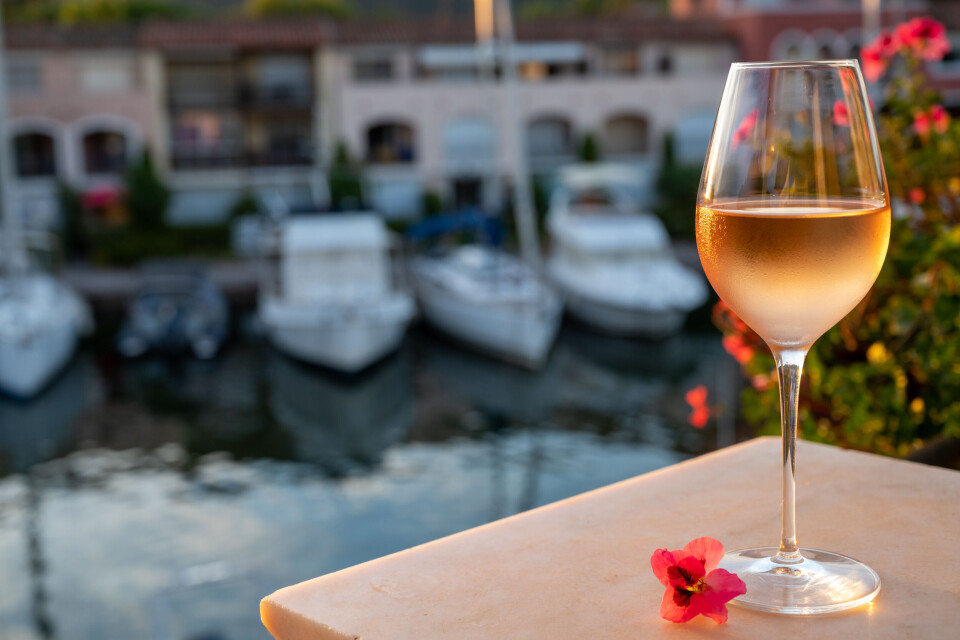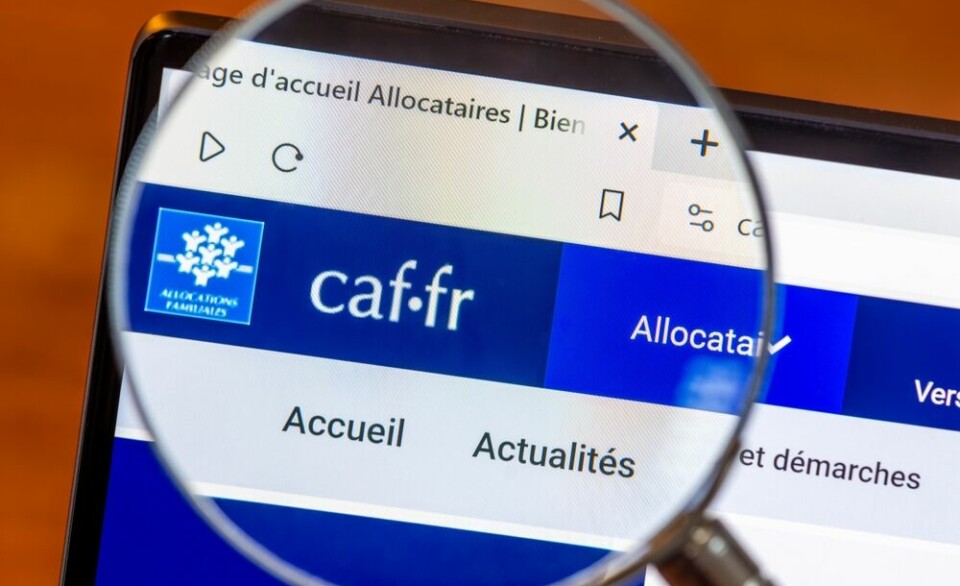-
The magic of mayonnaise: Why a homemade emulsion always woos guests in France
Plus, which shop-bought mayo brand is best?
-
Online ‘anti-waste’ supermarket offers deals on everyday items in France - we test it
Discounts of 10% to 50% available on brand products
-
Travellers to the UK from France cannot bring in meat and dairy items amid disease fears
Britons bringing gifts of saucissons and cheese to family among those impacted by restrictions
Rosé wine guide - a tour through France’s pink wine producing regions
Provence is world famous for its rosé - but what about the rest of France? Winemaker Jonathan Hesford has answers

When people think of wines for summer it’s nearly always rosé that comes to mind these days. The increase in its popularity (and prices) has been a phenomenon.
Unlike the rosés and ‘blush’ wines made in California and other New World regions, French rosés are almost exclusively dry wines, making them more suitable to drink with a meal than at a party.
It is hard to find out much about rosé from any wine book published more than a decade ago.
Rosé wines were usually just dismissed as having little flavour or mentioned as an afterthought. In the 2001 edition of The World Atlas of Wine, I found statements such as, ‘Provence... a region whose most distinctive offering was for long an excess of over-strong and under-flavoured rosé’ before focusing several paragraphs on the new wave of ‘seriously interesting reds’.
Read more: People in France are still biggest drinkers of rosé wine in world
Provence is the home of rosé (and Brad Pitt’s wine estate)
Nowadays, focus in Provence is very much pink and wine writers are keen to extol its virtues.
Although almost every region of France makes rosé wines, Provence is viewed as the home of French rosé, producing light, refreshing wines with a pretty, pale salmon-pink colour.
The main grape varieties used are Cinsault and Grenache, often blended with Mourvèdre, Syrah and Tibouren.
Some chateaux put a lot of effort into their rosé, producing classy, prestige wines in distinctive designer bottles.
A handful of estates belong to an historic exclusive club, similar to the classed growths or grand crus of Bordeaux, although their classification is a century younger and much less respected.
Examples are Château Minuty and Domaine de la Croix. They have been eclipsed by the commercial success of Miraval (Brad Pitt’s estate) and Château d’Esclans (producers of Whispering Angel).
Read more: Brad Pitt to revive legendary music studio based in his French chateau
Labels to look for in and around Provence
The AOP Côtes de Provence is the biggest and best known appellation (perhaps because it covers the Côte d’Azur) but other AOP wines from Coteaux d’Aix en Provence in the west and Coteaux Varois inland from Toulon.
The tiny AOP of Bandol is famous for darker, more serious Mourvèdre-based rosés.
In the neighbouring Vaucluse department, you will find similar wines labelled as Côtes de Ventoux and Côtes du Luberon.
In addition, there are several regional wines made in and around Provence. They tend to be lower priced and less rewarding, with some maintaining the perception that rosé is dilute and boring. They are labelled IGP Bouches- du-Rhône, Mediterrannée, and Alpilles.
Heading further west, in the Côtes du Rhone, Tavel and Lirac are two well-known AOPs offering more full-bodied (and higher alcohol) rosé wines made primarily from Grenache noir.
Languedoc and Roussillon shifts from red to rosé production
The Languedoc and Roussillon have seen a big shift from red to rosé in recent years, producing wines in many different shades of pink from varieties originally planted to make red wine.
Those include Grenache, Cinsault, Mourvèdre and Syrah as in Provence but also Carignan, Merlot, Cabernet Sauvignon as well as almost white wines made from pink-skinned grapes like Grenache gris and Carignan gris.
It’s worth noting that the rapid shift from red to rosé production, using the same vineyards, has had variable success.
Some producers have resorted to achieving the desired pale colour by bleaching the wine by fining with carbon powder and adding larger doses of sulphites, which results in chemical-tasting wines.
Corsica uses Italian grape varieties
As befitting a holiday island, Corsica produces a fair amount of rosé under the AOPs Vin de Corse, Patrimonio and Ajaccio the IGP L’Ile de Beauté using Nielluccio (better known as Sangiovese in Italy) and the native Sciacarello grapes which can make spicy, low acid coral-coloured rosés perfect for summer quaffing.
South west rosés often darker
In the south west and Bordeaux, darker coloured rosés are made from the common grape red varieties Merlot, Cabernet sauvignon, Malbec and Cabernet franc.
Read more: Is Bordeaux rosé a genuine threat to Provence’s supremacy?
Loire has a sweet rosé outlier
The Loire Valley is home to several famous rosés from Anjou, Saumur and Touraine made from Cabernet franc, Gamay and Pinot noir.
Beware though, Rosé d’Anjou is sweet whereas Cabernet d’Anjou is dry.
The wines tend to have lower alcohol and more acidity than those from further south, making them more suitable to drink with food rather than on their own.
More acidic rosés in north-eastern France
Even in the north-east of France you can find rosés made from Pinot noir in Alsace, Poulsard in the Jura and Mondeuse in Savoie, but don’t expect to find the sunshine of Provence or Corsica in these often tart wines which need a bit of cheese or charcuterie to balance out the acidity.
Chilled rosé on a hot day can be too easy to drink
In the heat of summer we get more thirsty so it’s wise to look for ways to reduce or slow down our alcohol intake.
Choosing wines from cooler climates in the north of France for their naturally lower alcohol content is an obvious way to do that but just check the levels on the bottle because today, with climate change and improved viticulture, growers are able to produce stronger wines even in traditionally cool climates.
In addition, the higher acidity of these wines makes them less easy to quaff on their own.
Some innovative producers have brought out de-alcoholised wines aimed at summer drinking, meaning you can find refreshing wines with only 7-9% alcohol.
No longer naff to add ice to your glass of wine
Most French supermarkets stock the popular low-alcohol wine with added grapefruit juice called Pamplemousse Rosé which even I, as a wine purist, admit to enjoying at the appropriate time.
You can always reduce the alcohol content at home by adding sparkling water to make a rosé spritzer.
Once only seen in South Africa and California, it’s no longer regarded as naff to add an ice cube to your glass of wine.
If the wine has enough character, one or two ice cubes won’t really dilute the flavour. It also keeps the wine chilled in the glass even when drinking in the sun.
Related articles
French sparkling wines to rival Champagne on price and taste
Kylie Minogue launches top-of-the-range rosé produced in Var, France
Why France’s alcohol-free cocktail boom is ‘not just a trend’
























